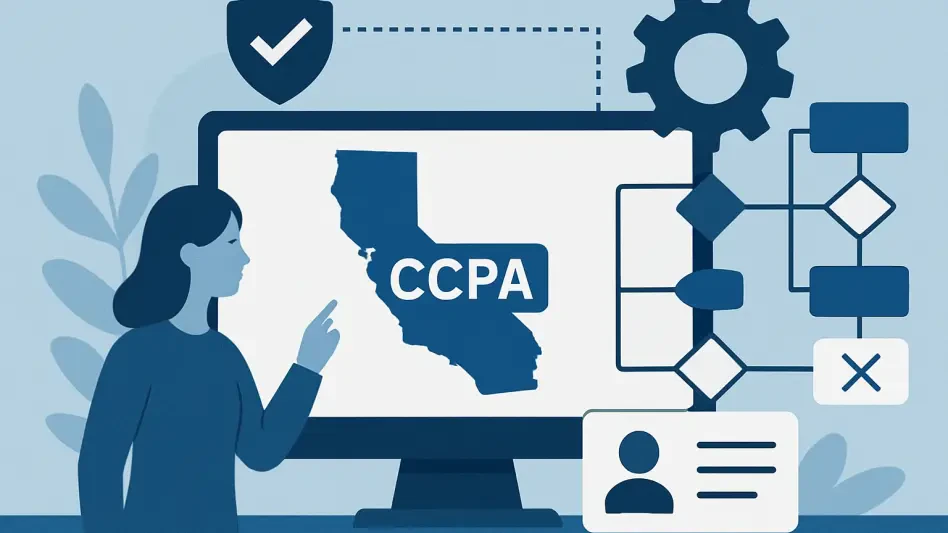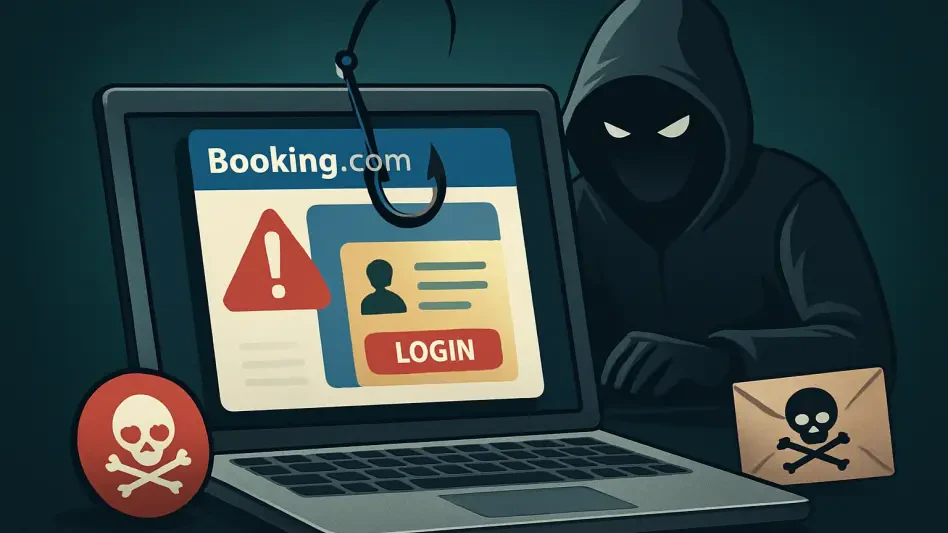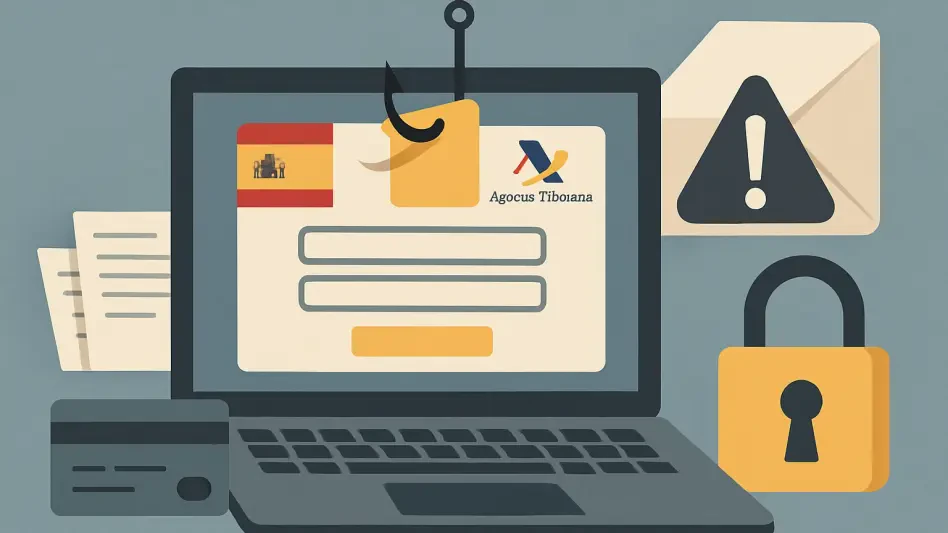In the vast digital realm where data breaches and cyberattacks are frequent, password security has surfaced as a paramount concern. Recently, a staggering discovery by security expert Jeremiah Fowler came to light: an unsecured, unencrypted database containing over 184 million records of usernames, emails, and passwords. This trove of data, though not representative of 184 million unique users due to potential multiple records per device, was likely amassed via malware infections. The breach highlights stark vulnerabilities, particularly when credentials are used across multiple platforms. The unfolding situation has reignited discussions around cybersecurity best practices, urging users to frequently change passwords and avoid password reuse to minimize cross-platform risk. Furthermore, the urgency to adopt two-factor authentication (2FA) has never been more pronounced in bolstering defenses against potential threats. In this rapidly evolving digital age, remaining a step ahead requires meticulous attention to personal cybersecurity protocols.
The Crucial Role of Two-Factor Authentication
The vast data repository discovered by Fowler, which alarmingly includes accounts linked to major platforms like Facebook, Google, and Apple, starkly illustrates the precariousness of relying solely on passwords for security. Two-factor authentication presents an added layer of defense by requiring a secondary verification method beyond the usual password. This could be a verification code sent to a device or an application-generated code, making unauthorized access extremely challenging. In Fowler’s findings, although the database was devoid of 2FA data, it underlined how those without this extra security layer are more susceptible to breaches. Yet, for users who already have 2FA in place, the absence of such information was a silver lining, offering a reduced threat level. The alarming situation serves as a pivotal reminder: fortifying accounts with 2FA not only bolsters protection but can also deter potential infiltrators seeking easily accessible targets.
As users re-evaluate their digital security measures, integrating 2FA into daily software interactions emerges as an indispensable step. Such practices diminish risk, especially on platforms handling sensitive information, ensuring safer online experiences. However, embracing these measures requires diligence and awareness, pushing users to stay informed about emerging threats and perpetually adapt their strategies. Given the recent breach revelations, this paradigm shift toward enhanced security protocols has gained even greater relevance, emphasizing the necessity of proactive measures in safeguarding digital identities.
Embracing Proactive Password Management
In today’s digital landscape, the frequency of data breaches and cyberattacks makes password security a critical issue. Recently, security expert Jeremiah Fowler uncovered an alarming breach: a publicly accessible, unprotected database containing over 184 million records of usernames, emails, and passwords. This enormous collection of data doesn’t necessarily correspond to 184 million individual users, as many devices may have multiple entries, likely due to malware infections. The incident underscores significant vulnerabilities, particularly the dangers of using the same credentials across various platforms. This breach has rekindled discussions on cybersecurity best practices, reminding users to regularly change passwords and to avoid reusing them to reduce cross-platform risks. Additionally, the need for two-factor authentication (2FA) is increasingly urgent as an effective defense against potential threats. In a swiftly changing digital era, staying ahead entails a keen focus on personal cybersecurity measures to prevent breaches.








